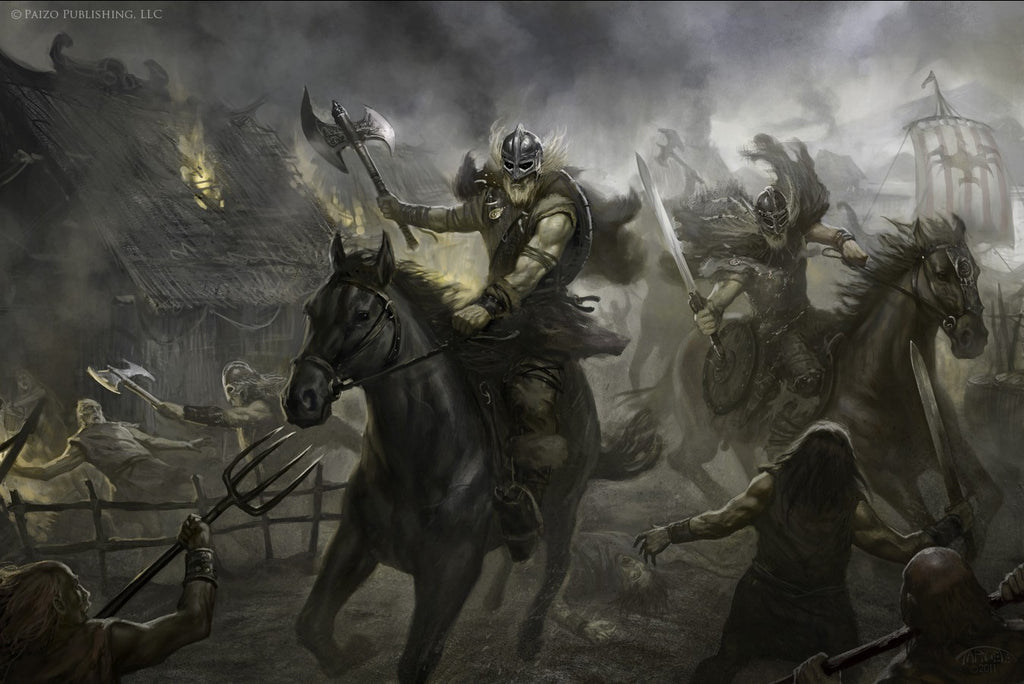- 27
- Feb
Explorer,adventurer
In addition to warriors and pirates, another identity of the Vikings that has to be mentioned is the explorer, and their most prominent achievement in this regard is the discovery of America.
When the Viking pirates swept across Europe, some people did not want to be involved in these wars, and chose to travel across the ocean to find a paradise. In the 9th century AD, some Viking sailors sailed to Iceland and began to settle. Later, Viking compatriots brought livestock and seeds from the mainland to open farms in Iceland. Many ships that come to Iceland are commanded by female captains, who are not as fond of continental warfare as men. Therefore, the status of women in Iceland was higher than in other Viking societies. Later, as the Vikings on the European continent believed in Christianity, Iceland became the last refuge of the Viking culture, and many new Icelandic elements were added to the Viking culture. For example, Iceland has many volcanoes, and the famous chapter “Twilight of the Gods” in Norse mythology, the prototype comes from the volcanic eruption. Another example is the “dwarves” that often appear in Norse mythology and fantasy literature. Their images are generally armed with tomahawks. They are thick and bearded, but only half the height of ordinary people. This is the portrayal of Icelandic Vikings. Archaeological findings show that due to rapid population growth and lack of natural resources, Viking residents in Iceland and other places were generally short-statured due to malnutrition.
Due to the limited natural resources in Iceland, some people had to look for a new shelter again. Around 980, the navigator Eric the red-haired and others discovered Greenland. Eric deliberately named the big island “Greenland”, which means It is green space to attract Icelanders to immigrate. As a result, later people arrived and found that the place was covered with snow all year round, and there was almost no green color. Later, the Vikings landed in the Labrador Peninsula and Newfoundland Islands in the Americas between 986 and 996, which was 500 years before Columbus arrived in the Americas. However, because the number of Vikings who crossed the Atlantic was too small, weak, and poorly organized, and frequently attacked by local natives, each colony did not last long, and most of them died quickly or returned to Greenland and Greenland. Iceland. In the 12th century AD, the Icelandic volcanic group erupted, and the Vikings in Greenland and North America lost their support and all died away. In the end, only a few Vikings remained in Iceland.

